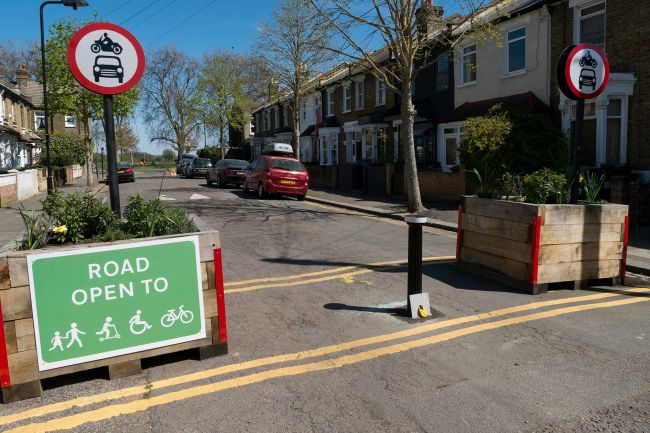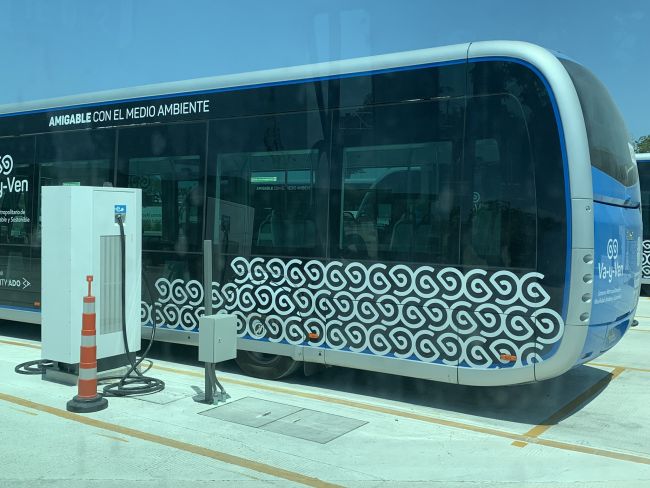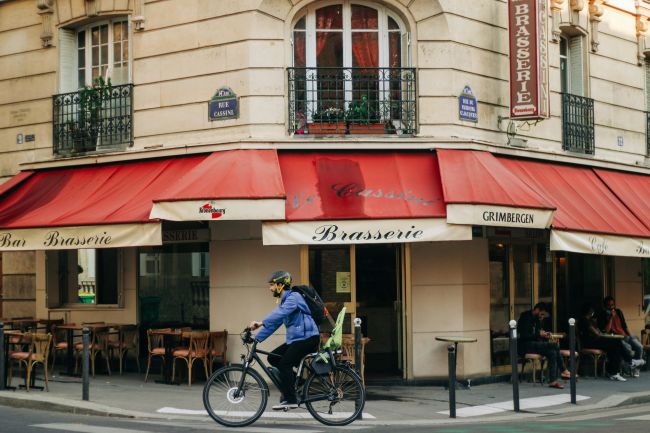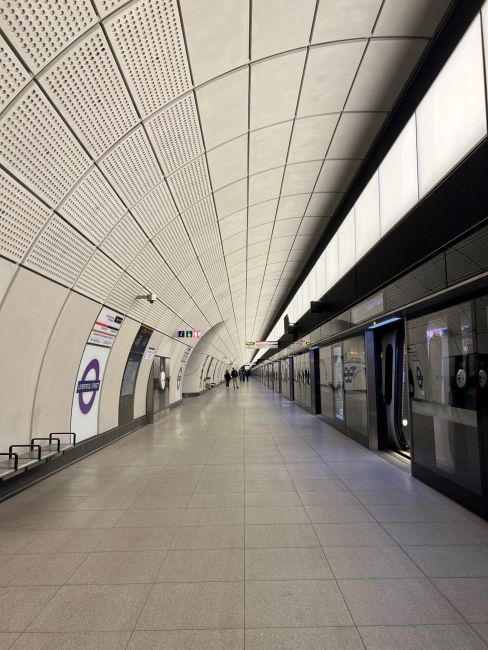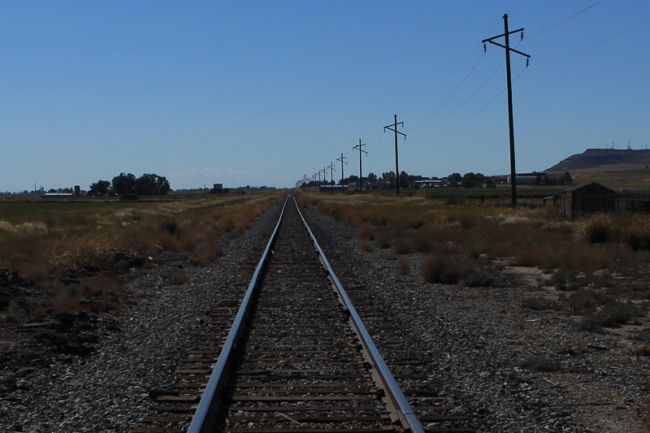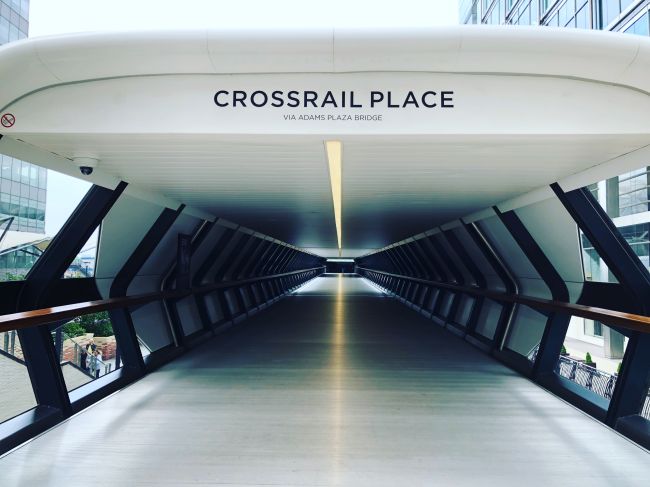Lessons from Japan
In North America, best practices for urban and regional transportation are often drawn from Europe.
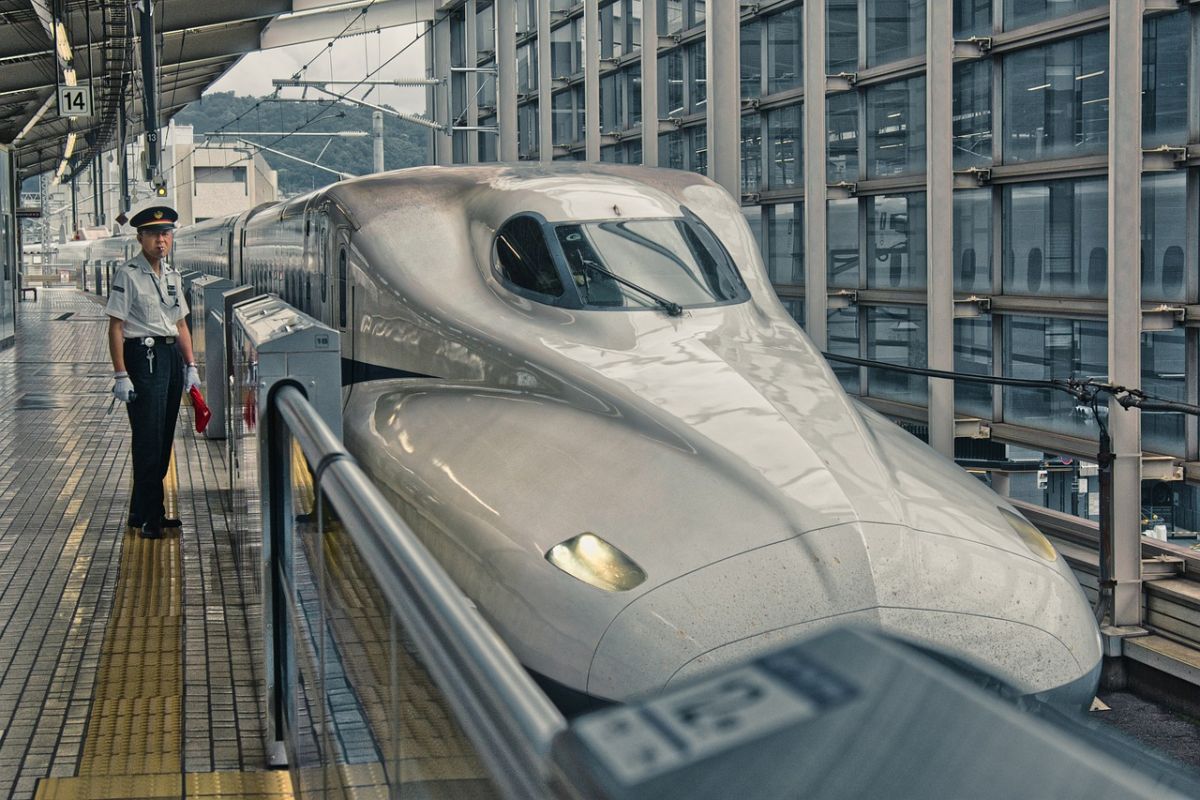
In North America, best practices for urban and regional transportation are often drawn from Europe. While cities like London, Paris, and Copenhagen can be used as examples of successful transportation planning, delivery and operations, there is also an opportunity to look at lessons from cities such as Tokyo, Osaka and Fukuoka.
In Japan, whether traveling to work or across the country for vacation, rail and transit play a critical role in keeping people moving. At a national level, over 30% of all passenger kilometers traveled make use of rail or rapid transit – which is significant compared to other nations such as Germany or the United Kingdom where this share is approximately 10%. In some regions the share of trips on rail and transit can exceed 50%, with automobiles being used for under 20% of trips.
Often, Japan’s success in growing a robust rail transportation market are attributed solely to the scale and density of its cities. However, many North American cities (including those with over 4,000 people/km2 such as Vancouver, New York, Toronto, Boston and Montreal) have densities similar to denser urban areas in Japan. Rather than density, North America can focus on two areas to learn from Japanese transportation: land use and transportation integration, and seamless customer experience.
In Japan, both public and private transportation providers contribute to planning, financing and delivering urban developments. As a result, many station facilities are integrated into surrounding land uses ranging from mixed use development and shopping/office centers in ‘core areas’ to malls, condominiums, or housing developments in more suburban or rural areas. Private operators may directly finance and deliver these developments, while public agencies may focus on regulatory or policy measures – such as transferring air rights to private developers in exchange for financial contributions to the development and operation of a railway or subway.
Japanese transportation providers realize two types of financial benefit from playing an active role in land development: increased development at stations drives demand on transportation services, yielding higher ridership and revenue; and station integrated commercial and residential developments are easier to access, which in turn increases commercial activity and property values – creating significant financial returns for transportation companies from ‘non transportation’ businesses, which in turn allows for further expansion or improvement to the transportation system.
These two benefits create a ‘virtuous cycle’, wherein providers can use transportation services to unlock increased development potential (increasing revenues), expand their developments to increase demand on particular services (improving revenues relative to operating costs), or utilize increased revenues to improve their transportation offering and expand into new markets. This stands in contrast to North America where most transportation agencies or service providers do not play a strong role in land development outside of policy formulation.
Customer experience is another key factor in attracting and retaining travelers. A degree of standardization across the country supports travelers in using transit for a range of trips. Like North America, in Japan there are multiple service providers across the country acting at national, regional, and municipal levels. Unlike North America, effort has been made in Japan to standardize customer experience across providers. For example, agreements have been put in place to ensure that each operator’s fare card can be used on any other operator that makes use of fare cards. This means a customer can buy a fare card for JR East in Tokyo and use the same card in Fukuoka nearly 1,000 km away – hassle free. Each card has one account that can be loaded on any fare card equipped operator’s fare system. The system subtracts funds from this account and allocates revenue to each operator a traveler uses to make a trip. To further enhance customer experience, multiple trip planning tools are available to help travelers determine their fare and the services they need to use in advance. This focus on ease of use allows customers to choose the best combination of services and trust they will pay the correct fare.
Many North American regions are in the midst of a rail-renaissance, with billions of dollars of proposed investment into transformational programs, such as Los Angeles’ Measure M investment program, expanding the GO Rail network in Toronto, and Réseau électrique métropolitain in Montreal. As rail investment continues, applying lessons learned from strong global comparators, including those in Japan alongside those more typically drawn from Europe, will support successful planning, delivery, and operations and ultimately, passenger market development.



